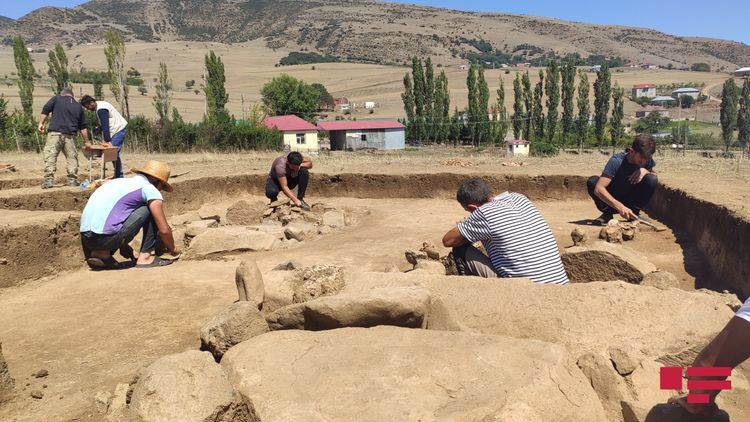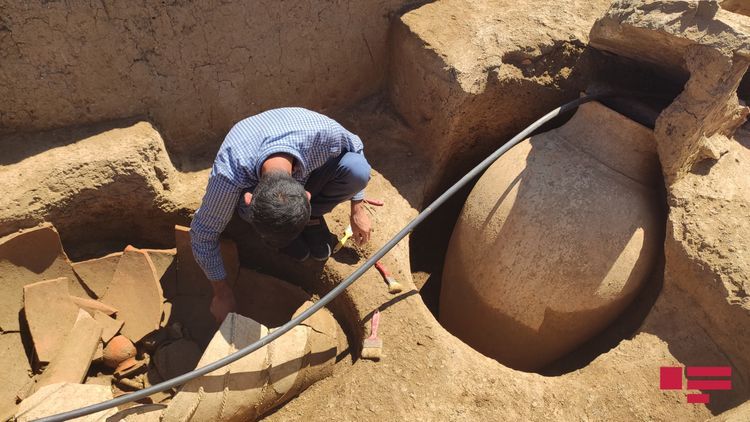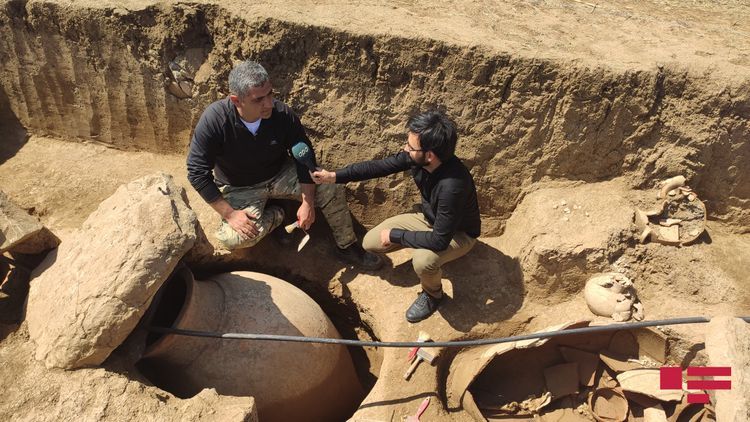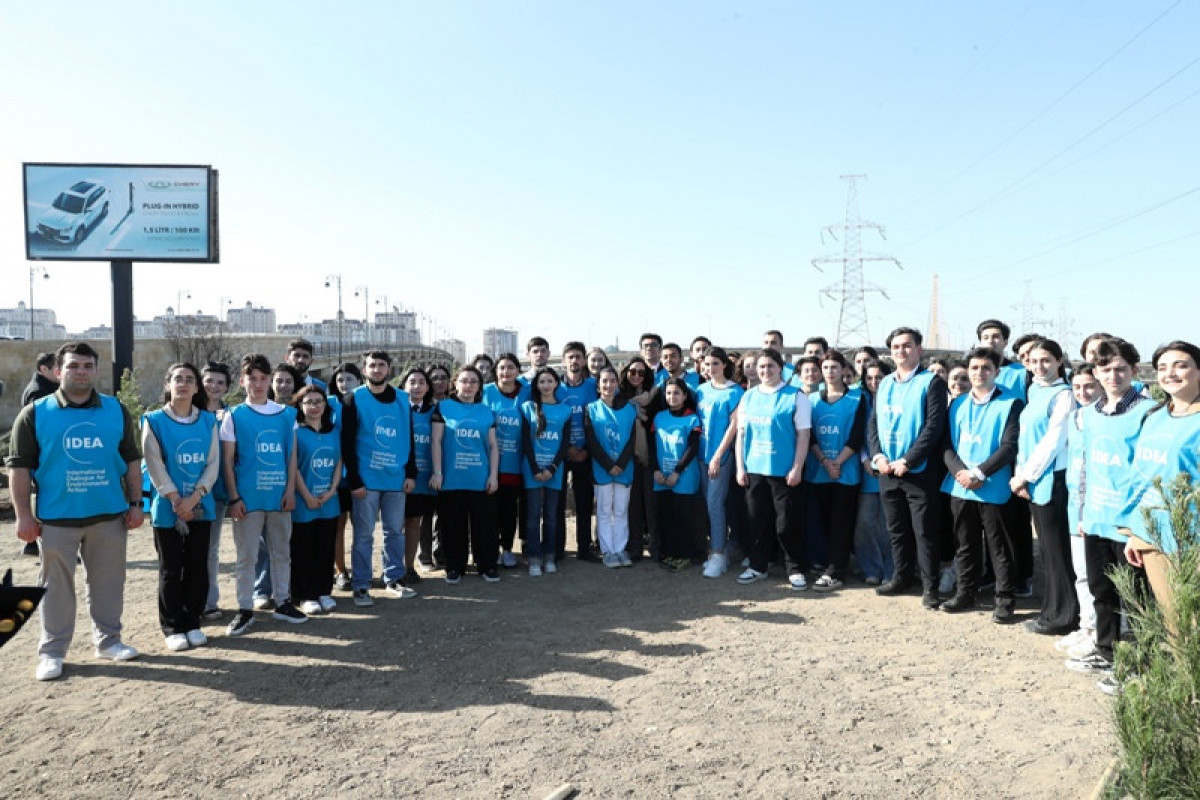The sample of material culture dating back to the antique era have been found in Yardymly region, APA’s southern bureau reports.
Last year, a resident of the region’s Urakeran village detected earthenware items while implementing general labor activities on his farmland entitlement.
After interference of the village’s intellectuals and local representation of the executive power, the general labor activities were suspended. The leading scientific worker of Archeology and Ethnography Institute of the Azerbaijan National Academy of Sciences (AEI ANAS), philosophy doctor in history Jeyhun Eminli conducted visual inspection of that territory and taking into consideration the samples of rich material culture detected as a result of exploration works, the need was felt for implementation of researches. Consequently, beginning from middle of this month, the Yardymly-Lerik archeological expedition for Antique era of Archeology and Ethnography Institute of ANAS has started researches on the area of Urakeran village named Bilgeh. Thus, the test excavations have been conducted on 4 different areas and the big pitcher graves have been detected. Although the graves similar to the found big pitcher graves was also encountered previously in various parts of Azerbaijan, the structure of grave and the funeral customs revealed on this territory are different. The peculiarity of the big pitcher graves aged approximately 2000 years is that the big pitcher is put in upright and a bit sloping position, also its mouth situated close to the ground surface is covered with large lids.
The head of the expedition Jeyhun Eminli in his interview with APA evaluated as a very rare case the detection of such big pitchers in unbroken condition. He said another interesting point is the presence of the samples of the material culture that found their way into jewelry articles put in the big funeral pitchers under the influence of the ancient Rome: “For instance, the Roman influence is observed in glass beads and some jewelry items. We say influence in the sense that those items found their way into this territory as a result of certain trade relations. Along with the big pitcher graves, there are also graves covered with large stone plates on that territory and these graves cover quite a wide territory. It is seen from some samples that half of the graves covered with stones were pillaged in the olden times. Many earthenware items in broken condition were thrown away from the grave chamber and the area occupied by the grave. The research of these graves covered with stone is still continued. It is yet difficult to make more detailed statement about this finding. But as is seen, the covers made of stones weighing 0.5-1 tons and more were put on the grave chambers situated here. These graves are more ancient compared to the big pitcher graves and this shows that the continuous residence covering the period of 200-400 years was present on that territory.”
Note that the researches will be continued until the middle of September. After inclusion of findings into the plan and completion of photo shooting, documentation and field works, the researches will be continued in desktop and laboratory conditions. After restoration, the samples of material culture will be handed over to the region’s ethnography museum and the country’s leading museums.














